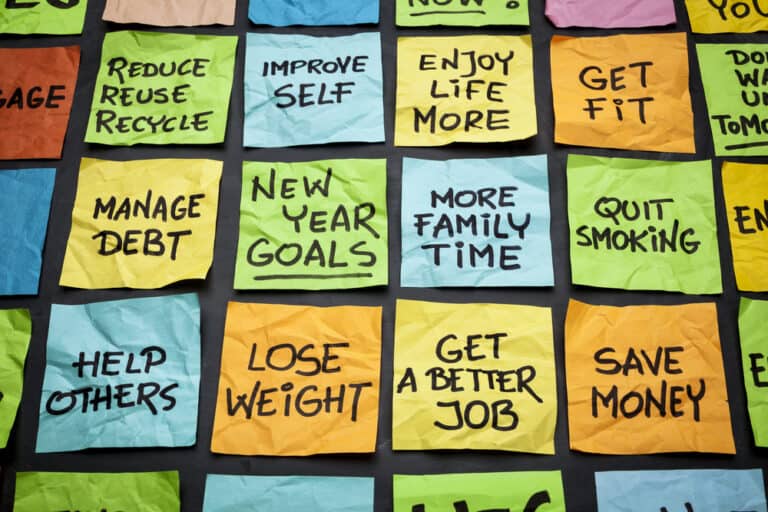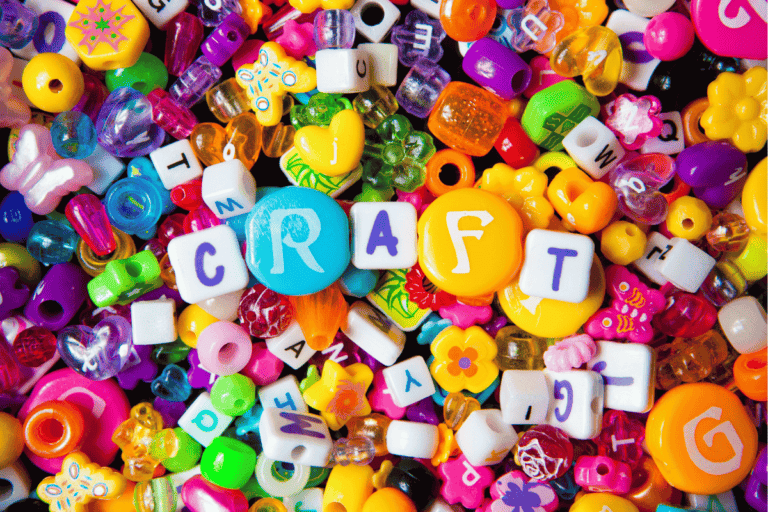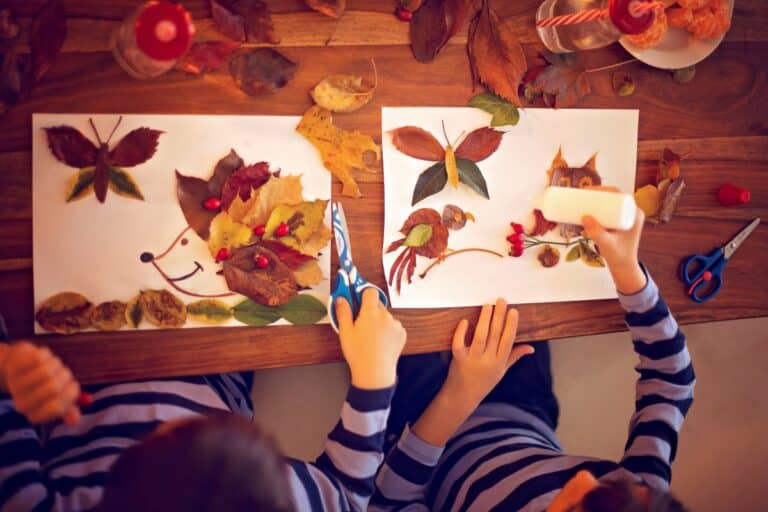Gardening 101: Great Tips for a Gorgeous Garden
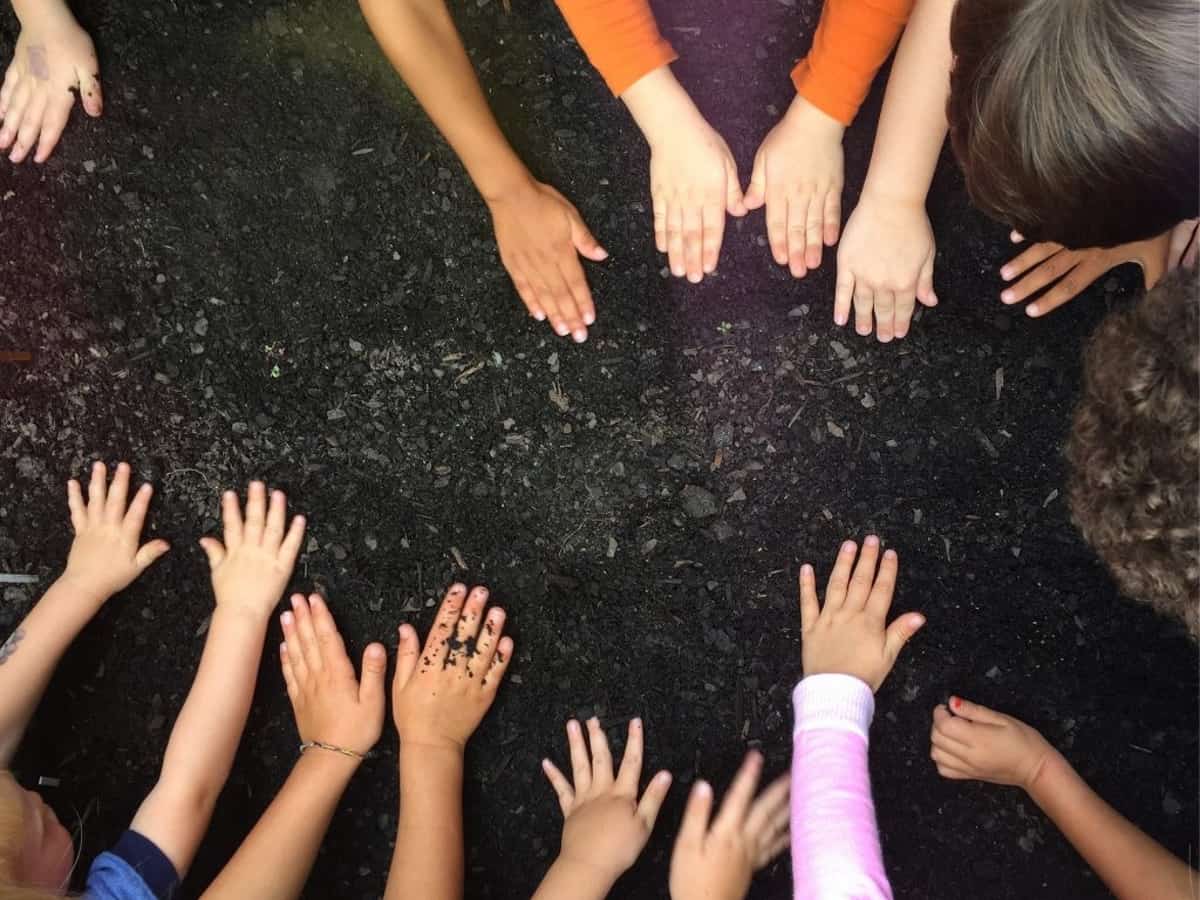
Have you always wanted to start a garden, but have no idea how to start? Getting flowers and vegetables to grow is easier than you think! Here are some tips to get you started with gardening and how to keep it rolling.
*As an Amazon Associate, we earn from qualifying purchases.*
Gardening Memories
The fondest memories of my childhood were spent on the ten acres of gardens on Shelburne Farms. My favorite gardening and farm adventures during our years on the Farm included being in the woods, attending summer camp every year, and swimming in Lake Champlain.
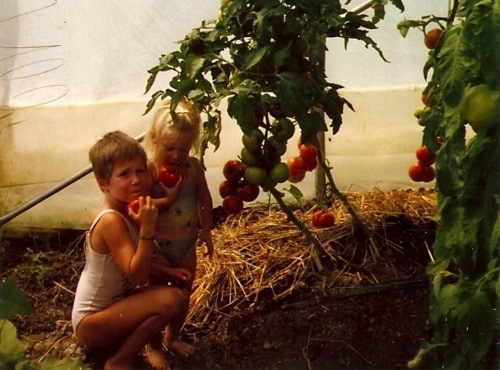
My least favorite activities were stacking firewood (but I’m quite good at it), lugging buckets of water to the chickens during wintertime, and that one turkey who didn’t like people.
I also went in waves of liking/disliking gardening (just ask my gardener parents), and still have dreams of that “tomato tar” that is a struggle to get off your fingertips. So as you can only assume, my “green thumb” is a work in progress.
Gardening Today
My most favorite part of gardening NOW is getting to share it with my three boys, as well as the children at a local preschool. The best part about having them participate in the process of preparing the soil, adding the seeds, examining pests, and eventually (and hopefully!) tasting the end results is that you get to see a garden through their eyes. I’ve also learned that gardening is about trials and errors. Sometimes the flower and vegetable plants do exactly as you had thought they’d do, and other times it’s not the case.
It’s not too late to get started with gardening, here’s how.
Gardening Step 1: Plan
(Anywhere from the end of August – present-day September)
Making a plan is very important. Figure out how much sun you have, and what exactly you’d like to plant (take care of). Also, think about when you want it by (growing span). Don’t forget, you can veer off this plan at any point. But it’s a good idea to go into it with a general idea of what you want to do. Write it down.
Gardening Step 2: Just Start Digging
(Beginning of September)
I made a list as to how much organic compost/soil I needed to add to our raised bed gardens. I ordered worms (Brad’s suggestion), fertilizer, mulch, seeds, and cleaned up the three raised beds of weeds. We have about 1/2 of a bed of strawberries which I left since they’re a perennial plant.
Gardening Step 3: Plant
(Mid-September or if you’re me: Late September)
Because of various factors, the garden is getting its plants and seeds this week. The soil in the beds is ready to go, as are the happy worms that were plopped into the soil by approximately 60 children. Several of them replied “no thank you” when asked to stick their hand into a bucket of dirt and wiggly worms…
Tips From Veg Out Gardens
Since I’m in that experimental stage of my gardening career, I’m lucky to have a friend locally to guide me along.
My friend Brad Wynne of Veg Out Gardens is my go-to resource for all things vegetable gardening. A Virginia Beach native, Brad followed his gardening passion to create something quite unique. From custom-built raised bed gardens, good soil, plants from his greenhouse, and most importantly his vast knowledge in the subject of vegetable gardens. Brad makes the whole process simple and enjoyable, which is exactly as it should be.
I asked Brad to share with me a few tips on his favorite soil for growing vegetables. Here’s his gardening advice:
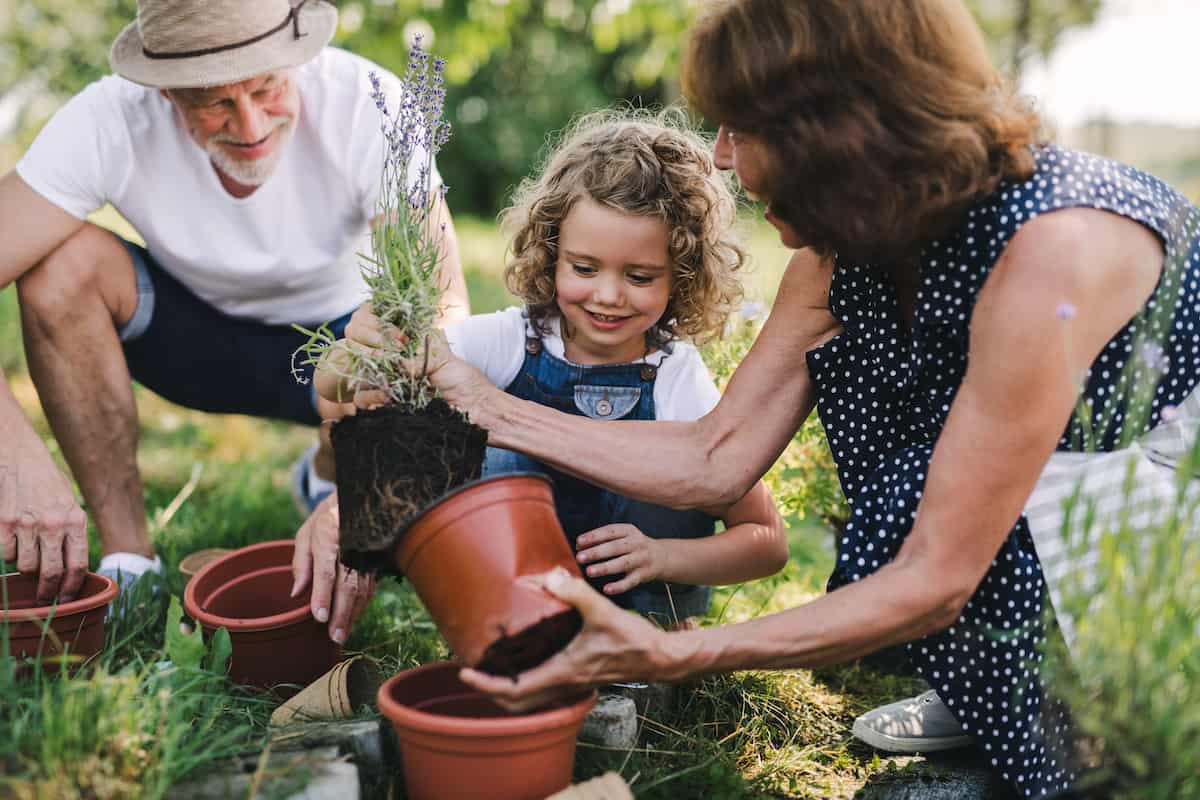
It’s All About the Soil
“First, I prefer being in full control of the soil and knowing exactly what is in it, which is what you get from bagged soil. The major downside for me, obviously, is that you have a ton of plastic left over.
My favorite soil is from Purple Cow Organics. We special order it and use their seed starter for our plants and their veggie soil for our pots. We also offer the soil and compost for our installation and maintenance customers. It is very expensive, but it is worth it.
If you want to go with another soil, make sure it is OMRI certified. (Organic Materials Review Institute). DO NOT buy any garden center’s soil or compost that they have in bulk outside. The soil is usually awful. Basically, it’s just clay from cleared medians of a city’s landscape division. While mushroom compost can be a good amendment, how long has it been sitting out there?
Keep in mind that soils and compost will leech their nutrients. So the nutrient breakdown that was in the soil / compost will not be the same after awhile. Splurge on the compost if you are to spend money.
Second, make your own soil. Yes, you can. There are a lot of soil mixes out there (Cornell, Mel’s Mix, etc.) but I prefer to keep it simple. Go with 1/3 coconut coir, 1/3 compost, and 1/3 organic matter like hay or rice hull. You can buy the coco coir online very easily. Keep in mind that this is just a starter soil and MUST be amended in the future and for every season. However, soil is the single biggest cost for starting a garden, so get it right.”

Nurturing Your Garden
With the guidance and healthy plants from Brad, I fully expect it to be a successful season. I am also looking forward to the children being a part of the process.
Please stay tuned on our progress, and pay attention to your own gardens at home. Send before/after photos to the family on FamilyApp so they can see how well things are growing!
